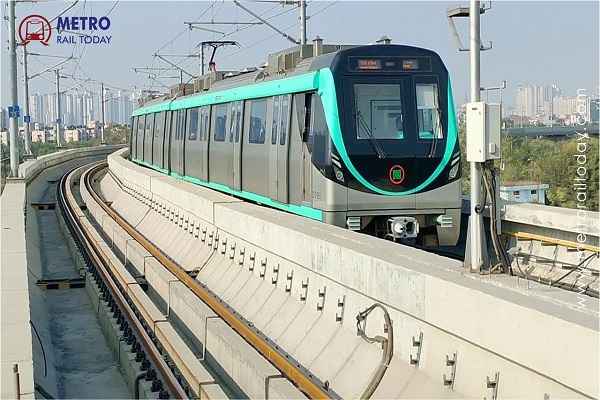 Ayesa India wins Design Consultancy Contract for Noida Metro Aqua Line Extension
Ayesa India wins Design Consultancy Contract for Noida Metro Aqua Line Extension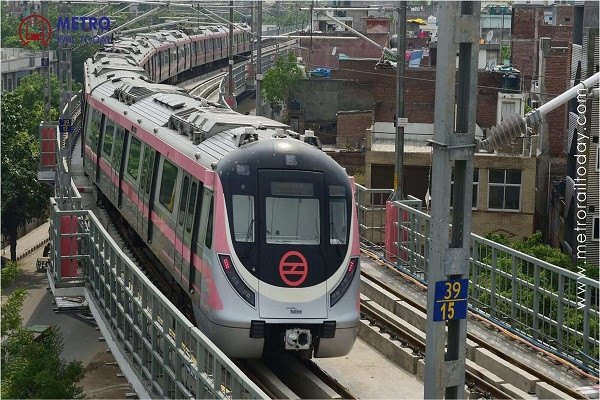 Vossloh Cogifer bags Track Infrastructure Contract for Delhi Metro Phase 4 Corridors
Vossloh Cogifer bags Track Infrastructure Contract for Delhi Metro Phase 4 Corridors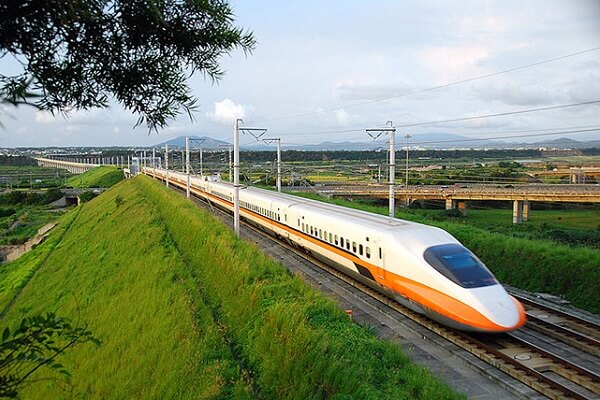 Railway finalised revised alignment for ₹16,000-crore Pune–Nashik Semi High-Speed Rail Corridor
Railway finalised revised alignment for ₹16,000-crore Pune–Nashik Semi High-Speed Rail Corridor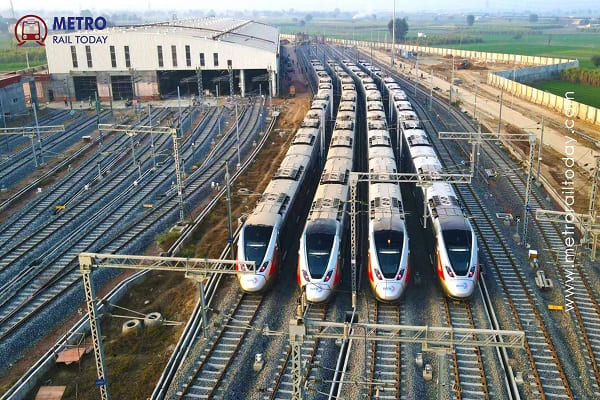 India’s First High-Speed, Signalling-Integrated CMV launched for Namo Bharat RRTS Corridor
India’s First High-Speed, Signalling-Integrated CMV launched for Namo Bharat RRTS Corridor TuTr Hyperloop secures First-Ever Order from Deendayal Port Authority
TuTr Hyperloop secures First-Ever Order from Deendayal Port Authority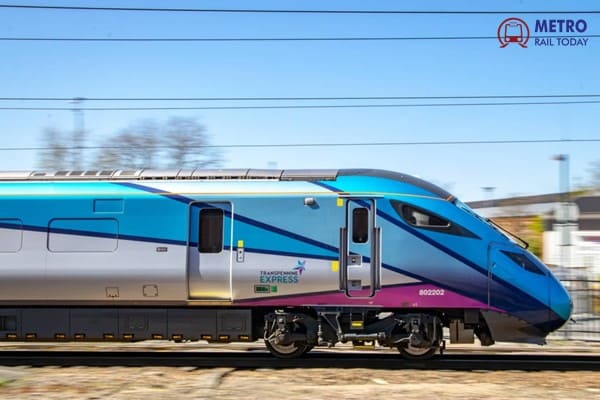 BEML bags ₹157 Crore Order from Loram Rail for Switch Rail Grinding Machines
BEML bags ₹157 Crore Order from Loram Rail for Switch Rail Grinding Machines MxV Rail and KRRI forge Global Research Alliance to accelerate Next-Generation Rail Technologies
MxV Rail and KRRI forge Global Research Alliance to accelerate Next-Generation Rail Technologies Uttarakhand seeks Pre-Feasibility Study for Meerut-Haridwar-Rishikesh RRTS Corridor
Uttarakhand seeks Pre-Feasibility Study for Meerut-Haridwar-Rishikesh RRTS Corridor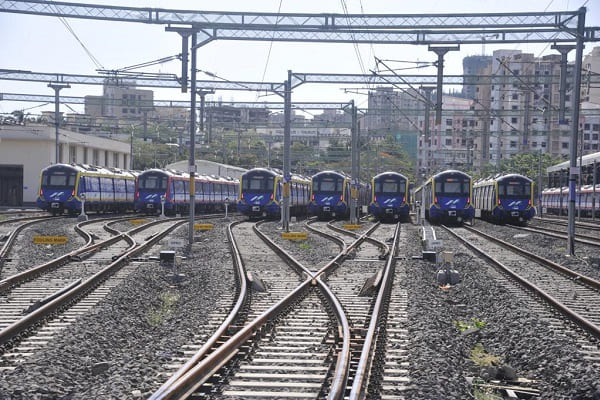 RIFTEK achieves major milestones in partnership with Indian Metro Rail Systems
RIFTEK achieves major milestones in partnership with Indian Metro Rail Systems Egypt all set to launch Alexandria Metro Phase 1 by 2026
Egypt all set to launch Alexandria Metro Phase 1 by 2026
How Sreedharan transformed India's Metro Rail Industry and enabled Rolling Stock Exports?

In the mid-1990s, India was on the verge of a major transportation revolution, and one man's visionary leadership set the course for the future. That man was E. Sreedharan, the "Metro Man of India," who played a pivotal role in transforming India's metro rail industry and propelling it onto the global stage.
Back in 1996-97, when the Indian government approached E. Sreedharan to lead the Delhi Metro project, he had already made a name for himself with the Konkan Railway project. The Konkan Railway, one of post-independence India's greatest engineering feats, not only reduced travel time between Mumbai and Kerala by 24 hours but also fueled economic prosperity in the Konkan region, boosted tourism in Goa, and made Manipal more accessible to students across India.
At the time, Kolkata Metro was the only metro system in India, but it had been built and operated by Indian Railways using broad gauge (1676 mm). This was a logical choice, given that Indian Railways had long been operating on broad gauge tracks. However, when Sreedharan took charge of the Delhi Metro project, he was faced with immense pressure from Indian Railways officials to adopt broad gauge for the new metro system as well.
But Sreedharan was not one to follow convention; he was a visionary leader. He realized that if India truly wanted to leap into the future of urban transit, it would need to adopt international standards. The world's leading metro systems in Europe, the U.S., Japan, and China all operated on standard gauge (1435 mm), a choice that facilitated technology transfer, interoperability, and faster expansion.
Sreedharan's game-changing decision was simple but profound: he decided to build Delhi Metro on standard gauge. This was a historic move that would lay the foundation for the growth of metro rail systems across India and position the country as a global player in the metro industry.
The Ripple Effect of a Single Decision
Sreedharan's bold stance would have far-reaching consequences for India's metro landscape:
-
Accelerated Technology Transfer: By adopting standard gauge, India could now align with global metro standards, allowing the country to acquire cutting-edge technology and develop world-class metro trains. The change enabled faster development and acquisition of modern trains, ultimately giving India the technological edge it needed to expand its metro systems rapidly.
-
Rapid Metro Expansion: This decision set the stage for the fast-paced growth of metro networks across India. Today, India boasts the third-largest metro network globally, with over 900 km of operational metro lines. The metro network continues to expand, with over 1,000 km of new lines currently under construction. Cities such as Delhi, Mumbai, Bengaluru, Kolkata, and Chennai now feature fully operational metro systems, and several others, including Patna, Indore, and Bhopal, are also developing metro networks.
-
Metro Train Exports: The switch to standard gauge not only helped India rapidly grow its metro systems but also laid the groundwork for Indian-made metro trains to be exported to countries like Australia and Canada. Indian metro manufacturers now supply cutting-edge, world-class metro trains to advanced countries, marking India as a leader in metro train production.
A Contrasting Tale: Indian Railways vs. Indian Metro Systems
While Indian Railways has struggled with modernizing its systems, especially with the introduction of advanced technologies like lightweight aluminum-bodied trains, the Indian metro rail sector has thrived. Despite several failed attempts and canceled tenders, Indian Railways is still working on introducing its first broad-gauge aluminum train sets. In contrast, India's metro systems are rapidly adopting the latest technologies, ensuring they remain at the forefront of global transit innovation.
The Legacy of E. Sreedharan's Vision
Thanks to E. Sreedharan’s decisive leadership, India has not only built a vast metro network but has also become a global player in metro technology. Today, India’s metro industry stands as a symbol of rapid modernization, connecting millions of people across cities with efficient, high-tech transit options.
As of 2025, more than 20 cities in India have operational metro systems, and the country’s metro network is growing stronger by the day. The vision that E. Sreedharan set in motion continues to shape the future of urban transit in India and beyond.
In the end, it was one bold decision that forever changed India’s transportation landscape, making it a leader in both metro rail infrastructure and technology exports to some of the world’s most developed nations. The Metro Man of India proved that with vision, determination, and courage, even the most daunting challenges could be turned into monumental successes.




